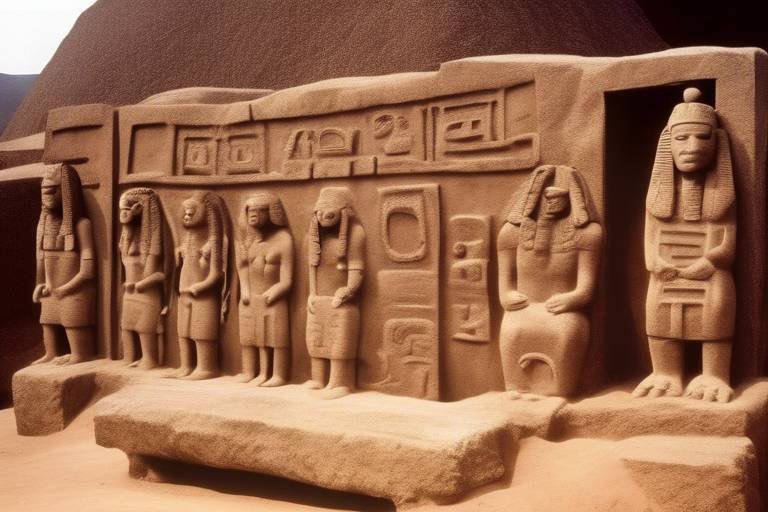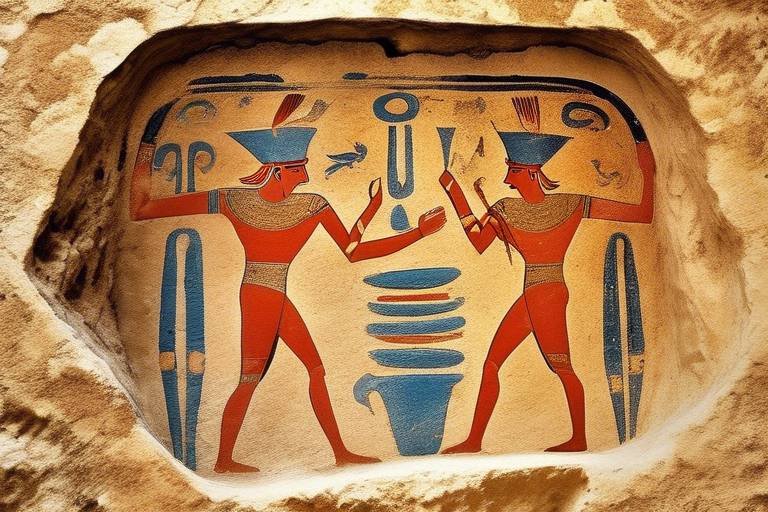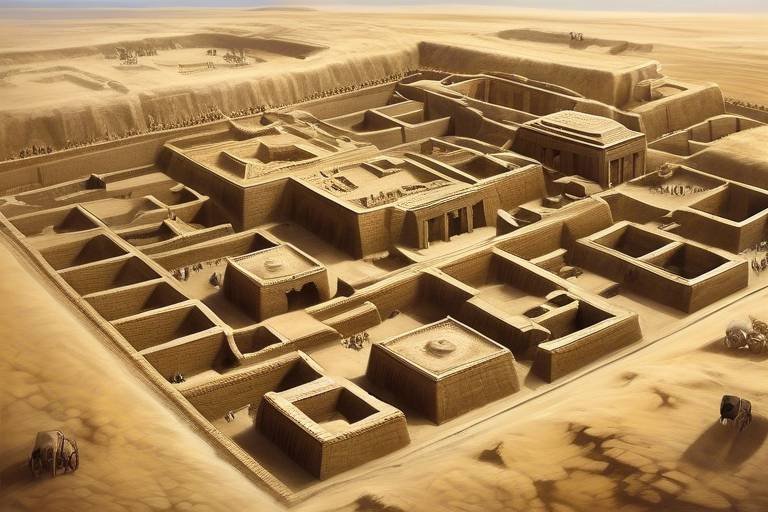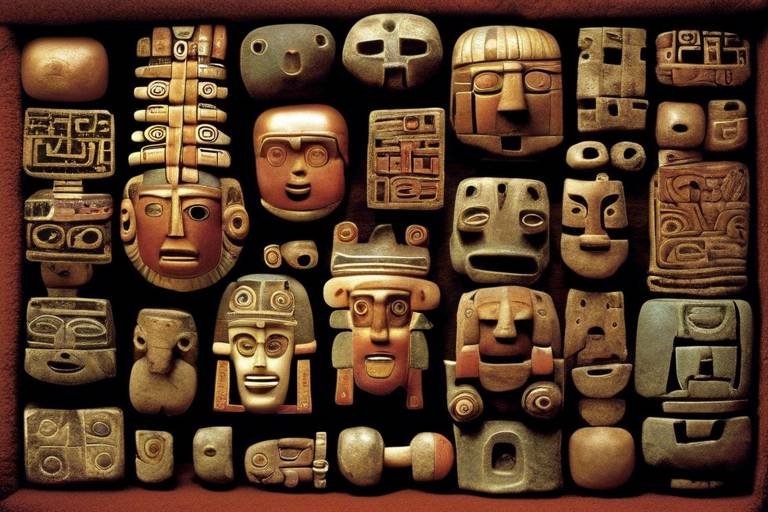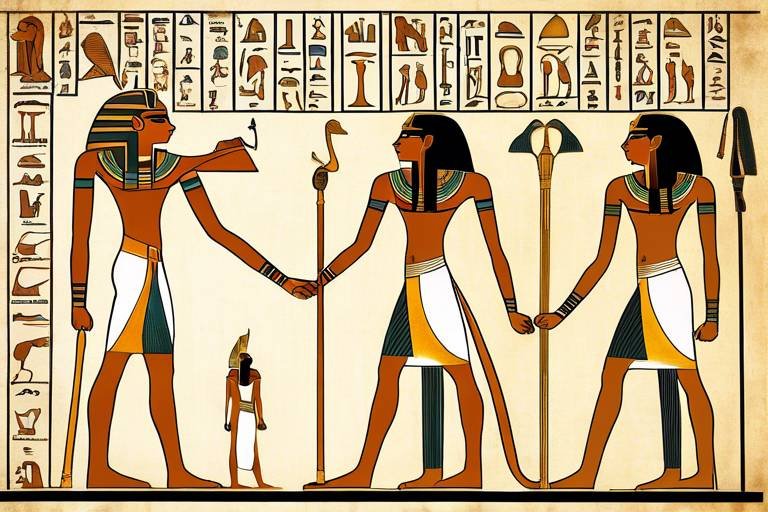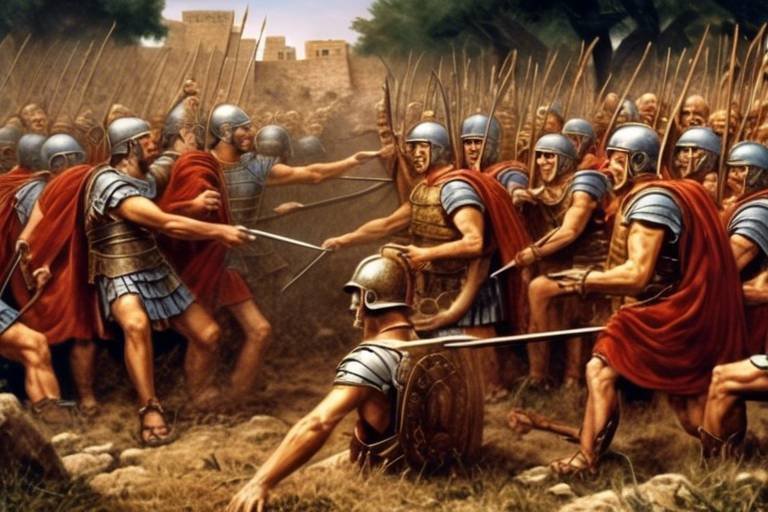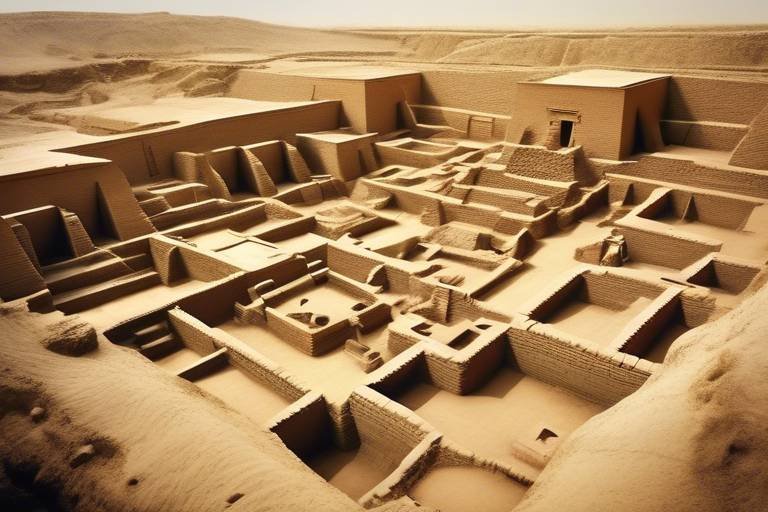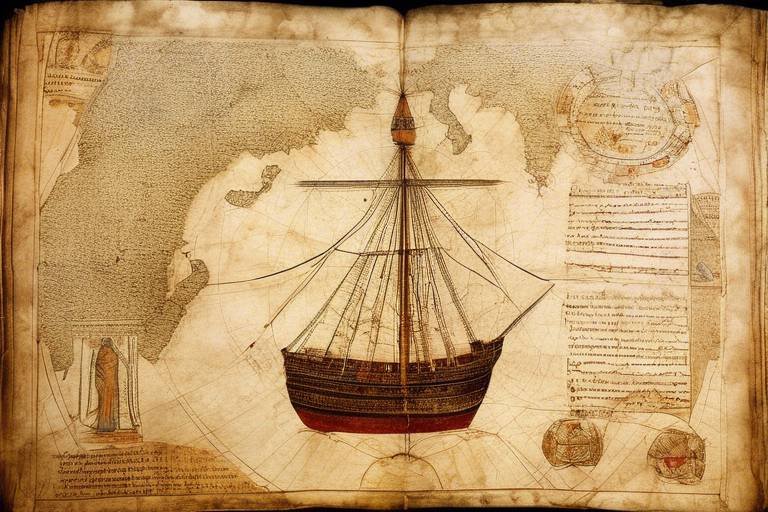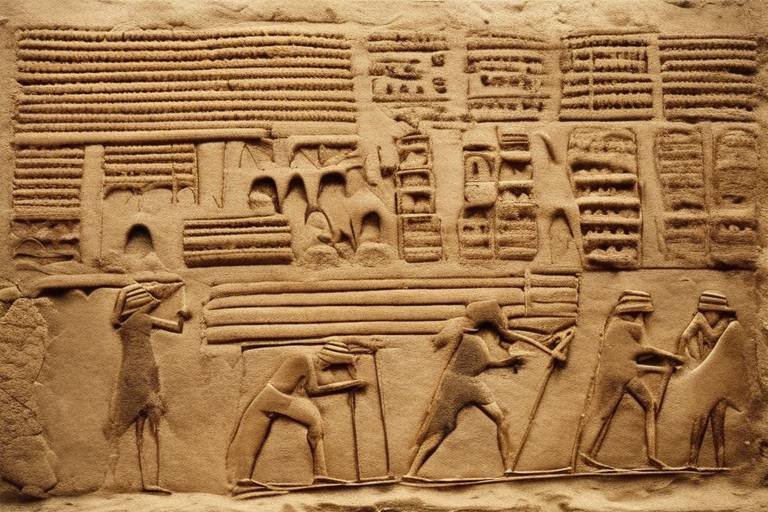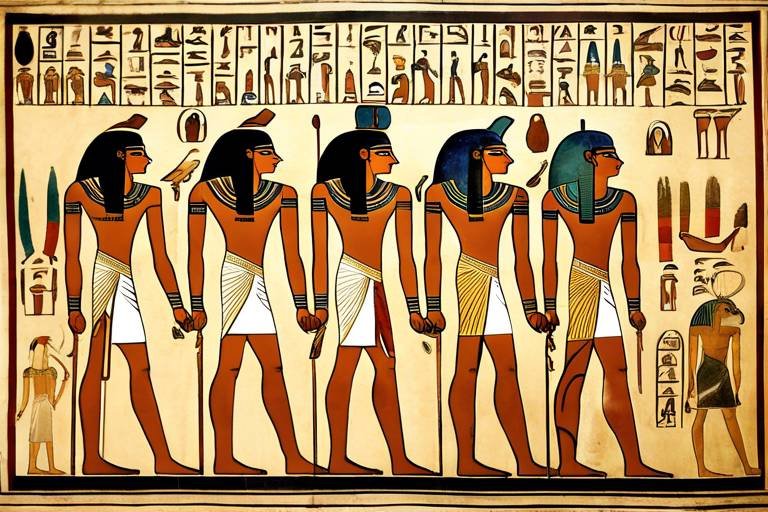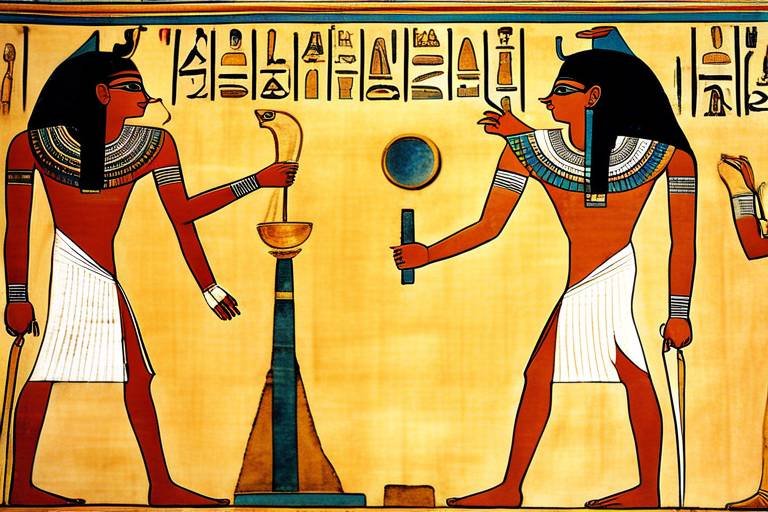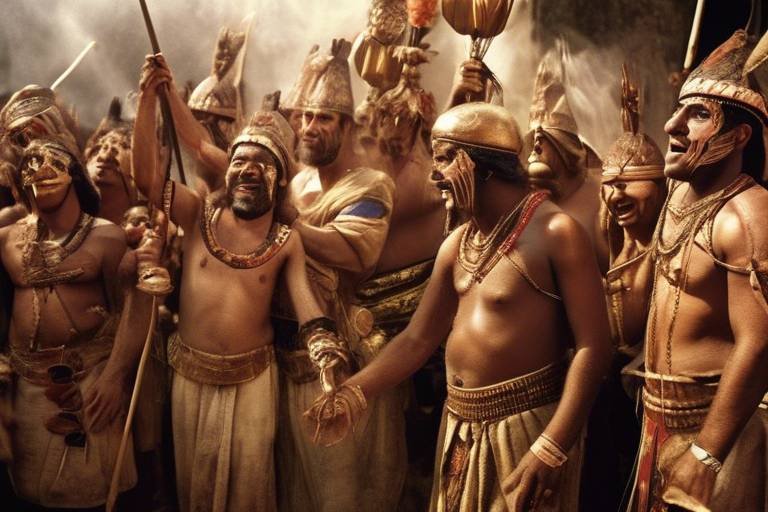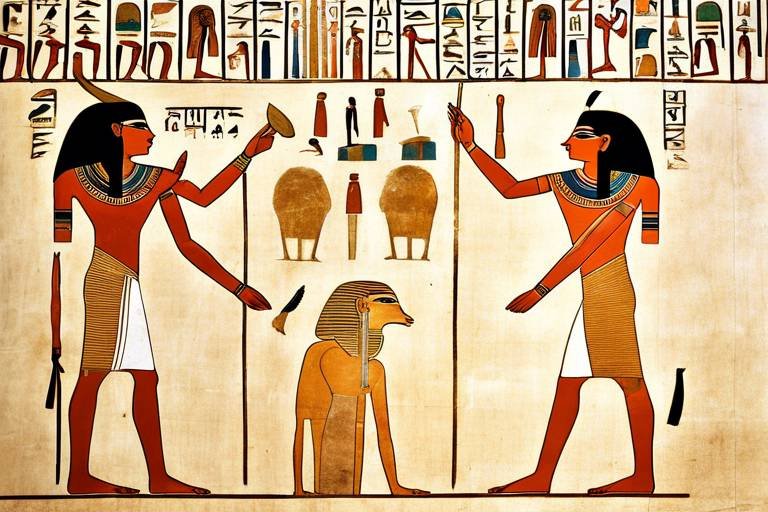The Mystery of the Ancient South American Civilizations
Embark on a journey through time and unravel the enigmatic world of the ancient South American civilizations. These remarkable societies, shrouded in mystery and intrigue, have left behind a legacy of awe-inspiring achievements that continue to captivate historians and archaeologists alike.
From the majestic heights of the Andes to the lush jungles of the Amazon, each civilization tells a unique story of innovation, resilience, and cultural richness. The remnants of their once-thriving cities and intricate artifacts offer a glimpse into a bygone era filled with wonder and complexity.
As we delve into the depths of history, we will uncover the secrets of the mighty Inca Empire, renowned for its unparalleled engineering feats and sophisticated social structure. Witness the rise and fall of this powerful civilization that once ruled over vast stretches of South America with an iron grip.
Step into the mystical world of the Nazca Lines, where colossal geoglyphs etched into the desert landscape continue to puzzle experts with their purpose and origin. Were these intricate designs meant to communicate with celestial beings or serve as markers for ancient rituals?
Marvel at the artistic prowess of the Moche culture, masters of pottery and metalwork whose intricate creations reflect a deep connection to their spiritual beliefs and natural surroundings. Explore the elaborate tombs and ceremonial sites that unveil the complexity of their society.
Stand in awe of the monumental architecture of the Tiwanaku civilization, whose megalithic structures and intricate carvings bear testament to their advanced knowledge of astronomy and engineering. Discover the spiritual significance behind their temples and artifacts.
Trace the urban planning marvels of the Chimu Kingdom, architects of the largest pre-Columbian city in South America. Their innovative irrigation systems and well-organized settlements showcase a society that thrived in harmony with its environment.
Venture into the cloud forests of the Chachapoya culture, a civilization shrouded in mystery and known for their cliff-side tombs and elaborate burial practices. Unravel the secrets of their intricate funerary rituals and architectural ingenuity.
Uncover the expansive influence of the Wari Empire, a complex society that flourished in the Andean highlands long before the Inca rose to power. Explore their intricate road networks, administrative systems, and artistic achievements.
Immerse yourself in the religious symbolism of the Chavin culture, whose monumental stone carvings and ceremonial centers reveal a deep connection to the spiritual world. Witness the intricate artwork that served as a conduit between the earthly realm and the divine.
Lastly, pay homage to the resilient Mapuche people of Chile and Argentina, whose cultural traditions and ongoing struggles for autonomy embody a spirit of resistance and perseverance. Explore their rich heritage and the challenges they continue to face in preserving their identity.

The Inca Empire
The Inca Empire, one of the most remarkable civilizations in South America, rose to power in the 15th century and dominated a vast territory along the Andes Mountains. Known for their advanced engineering feats, the Incas constructed intricate networks of roads and bridges that connected the far reaches of their empire. Their architectural marvel, Machu Picchu, stands as a testament to their ingenuity and skill, perched high in the Andean mountains.
At the heart of the Inca Empire was their sophisticated agricultural system, which enabled them to thrive in diverse climates and altitudes. Through terrace farming and irrigation techniques, the Incas cultivated a variety of crops, including maize, potatoes, and quinoa, sustaining their population and fueling their expansion.
Socially, the Inca civilization was structured around a hierarchical system with the emperor, believed to be the son of the sun god Inti, at the pinnacle. Below the emperor were nobles, priests, and commoners, each with defined roles and responsibilities within the empire. The Inca society was marked by a strong sense of communal labor and collective ownership of resources.
However, the Inca Empire met its tragic end with the arrival of Spanish conquistadors led by Francisco Pizarro in the 16th century. Despite fierce resistance, the Inca defenses crumbled under the superior weaponry and diseases brought by the Europeans, leading to the downfall of this once-mighty civilization.
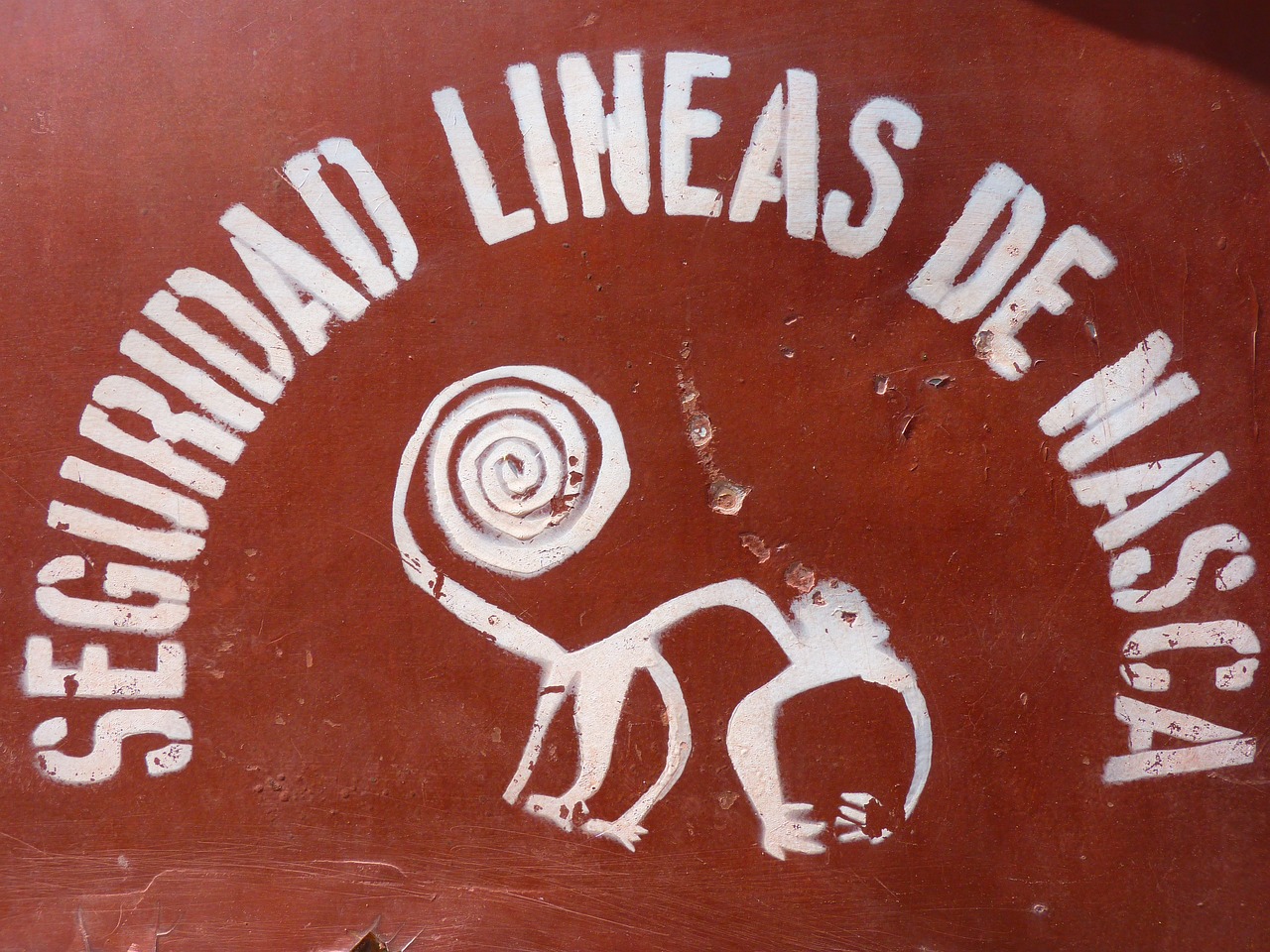
The Nazca Lines
South America is a land shrouded in mystery, with ancient civilizations that continue to fascinate and astound us to this day. From the mighty Inca Empire to the intricate Nazca Lines, each civilization has left behind a legacy of innovation and wonder that sparks our curiosity and imagination.
The Nazca Lines are one of the most intriguing mysteries of ancient South America. These massive geoglyphs etched into the desert floor of Peru have puzzled archaeologists and historians for decades. Stretching across a vast expanse, the purpose of these intricate designs remains a subject of debate. Some believe they served as astronomical calendars, while others suggest they had religious or ritual significance.
Created by the Nazca civilization between 500 BC and 500 AD, these enormous figures depict various animals, plants, and geometric shapes. The precision and scale of the Nazca Lines are truly remarkable, considering the technology available to the ancient people who crafted them.
One of the most famous figures is the "Hummingbird," a giant depiction of the bird with outstretched wings. How did the Nazca people achieve such accuracy and scale without the aid of modern tools? The mystery deepens as we ponder the methods and motivations behind these enigmatic creations.
Visiting the Nazca Lines today offers a surreal experience, as you stand amidst these colossal artworks that have withstood the test of time. The sheer magnitude of the designs, visible only from above, leaves visitors in awe of the ancient civilization that brought them into existence.
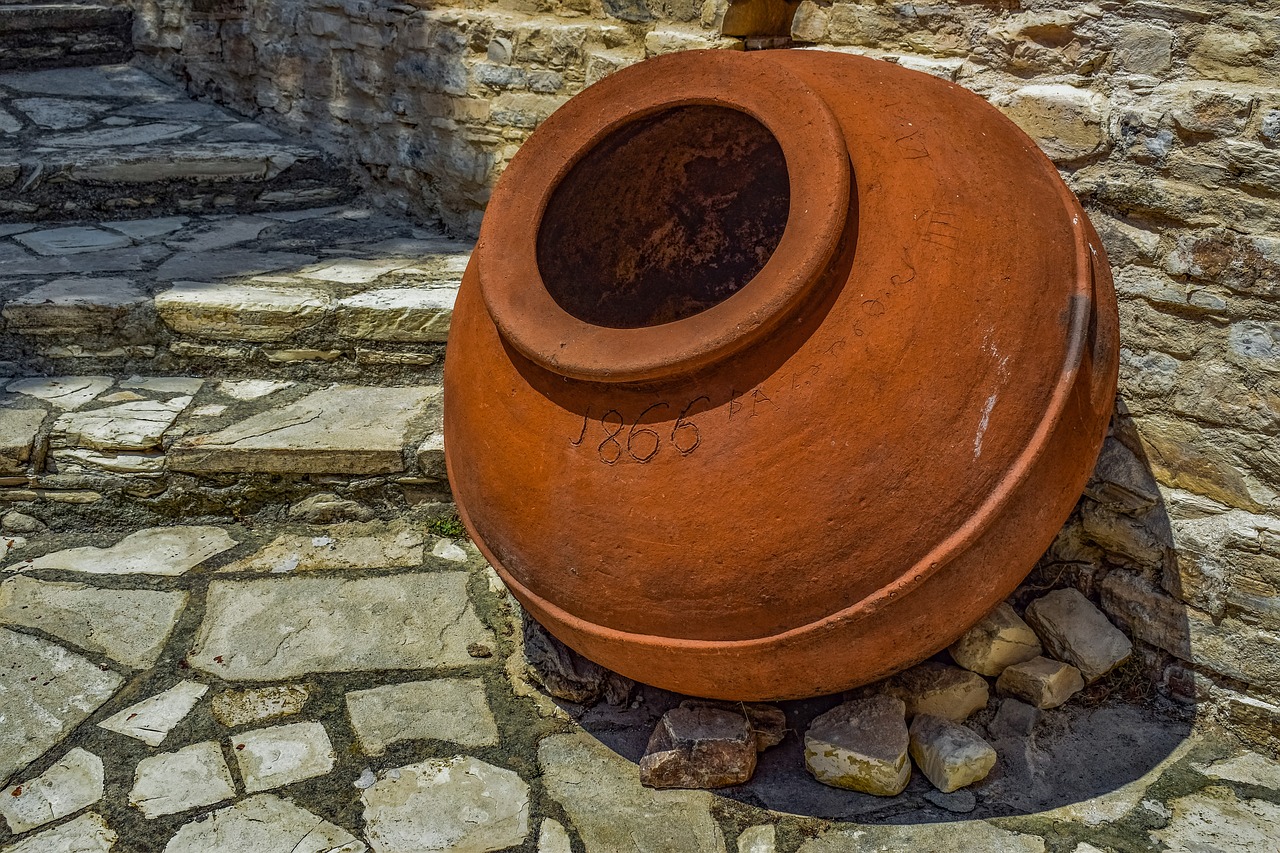
The Moche Culture
The Moche culture, also known as the Mochica civilization, thrived along the northern coast of Peru from around 100 to 700 AD. This fascinating civilization is renowned for its remarkable artistic and technological achievements, particularly in pottery and metalwork. The Moche people were skilled craftsmen who created intricate ceramics depicting scenes of everyday life, rituals, and mythical beings.
One of the most distinctive features of the Moche culture is their elaborate pottery, which showcases their advanced techniques and artistic flair. Their pottery often featured realistic portrayals of humans, animals, and supernatural beings, providing valuable insights into Moche society, beliefs, and customs. These pottery pieces were not only functional but also served as a form of artistic expression and storytelling.
In addition to their exceptional pottery, the Moche civilization was known for their expertise in metalwork, particularly in gold, silver, and copper. They crafted exquisite ornaments, jewelry, and ceremonial items using intricate techniques such as soldering, hammering, and repoussé. These metal artifacts not only displayed the technical skill of the Moche artisans but also reflected the cultural and religious significance attached to these objects.
Furthermore, the Moche people were skilled agriculturalists who developed innovative irrigation systems to support their agricultural activities in the arid coastal region where they lived. They cultivated crops such as maize, beans, and cotton, demonstrating their ability to adapt to and thrive in challenging environmental conditions. The success of their agricultural practices played a crucial role in sustaining the Moche civilization and supporting its population.
The Moche culture also had a complex social structure with distinct social classes, including rulers, priests, artisans, and farmers. Their society was hierarchical, with rulers wielding significant power and influence over religious and political matters. The Moche religion was polytheistic, with various deities associated with natural elements and cosmic forces, reflecting their deep connection to the natural world.
Overall, the Moche culture represents a fascinating chapter in the history of ancient South American civilizations, characterized by artistic excellence, technological innovation, and social complexity. Their legacy lives on through the intricate artifacts they left behind, providing valuable insights into their beliefs, practices, and way of life.
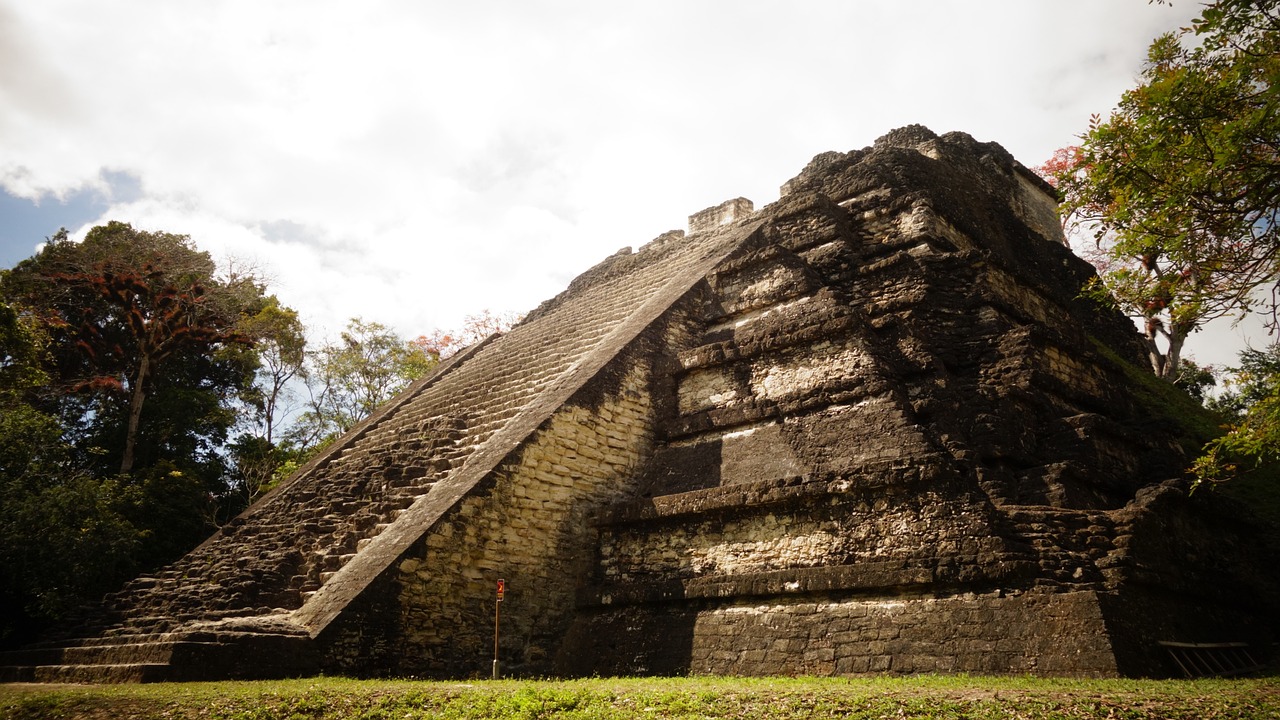
The Tiwanaku Civilization
The Tiwanaku Civilization, nestled in the Andes region, captivates with its monumental architecture and profound spiritual beliefs. Flourishing between 300 and 1000 AD, this ancient civilization left behind awe-inspiring structures that continue to puzzle archaeologists and historians alike. At the heart of Tiwanaku lies the enigmatic city of Tiwanaku, a UNESCO World Heritage Site, showcasing intricate stone masonry and grandiose temples that reflect the society's advanced engineering capabilities.
One of the most striking features of the Tiwanaku Civilization is the Gateway of the Sun, a monolithic structure adorned with intricate carvings depicting mythical deities and celestial symbols. This iconic gateway serves as a testament to the spiritual sophistication of the Tiwanaku people, who revered the sun as a divine entity central to their cosmology.
Moreover, the Tiwanaku Civilization's religious practices revolved around complex rituals and ceremonies conducted in elaborate temples and pyramids. The Akapana pyramid, a massive earthen mound, is believed to have served as a ceremonial center where priests performed sacred rites to honor the gods and ensure the prosperity of the community.
Archaeological excavations at Tiwanaku have unveiled a sophisticated system of canals and irrigation channels, indicating the civilization's mastery of agricultural techniques. The ability to harness water resources was crucial for sustaining the population and supporting the cultivation of crops in the high-altitude environment of the Andes.
The Tiwanaku Civilization's influence extended beyond its core territory, shaping the cultural landscape of the Andean region and influencing subsequent civilizations, including the Inca Empire. Despite the enigmatic nature of Tiwanaku's decline, marked by the gradual abandonment of the city and the erosion of its monumental structures, the legacy of this ancient civilization endures as a testament to human ingenuity and spiritual reverence.
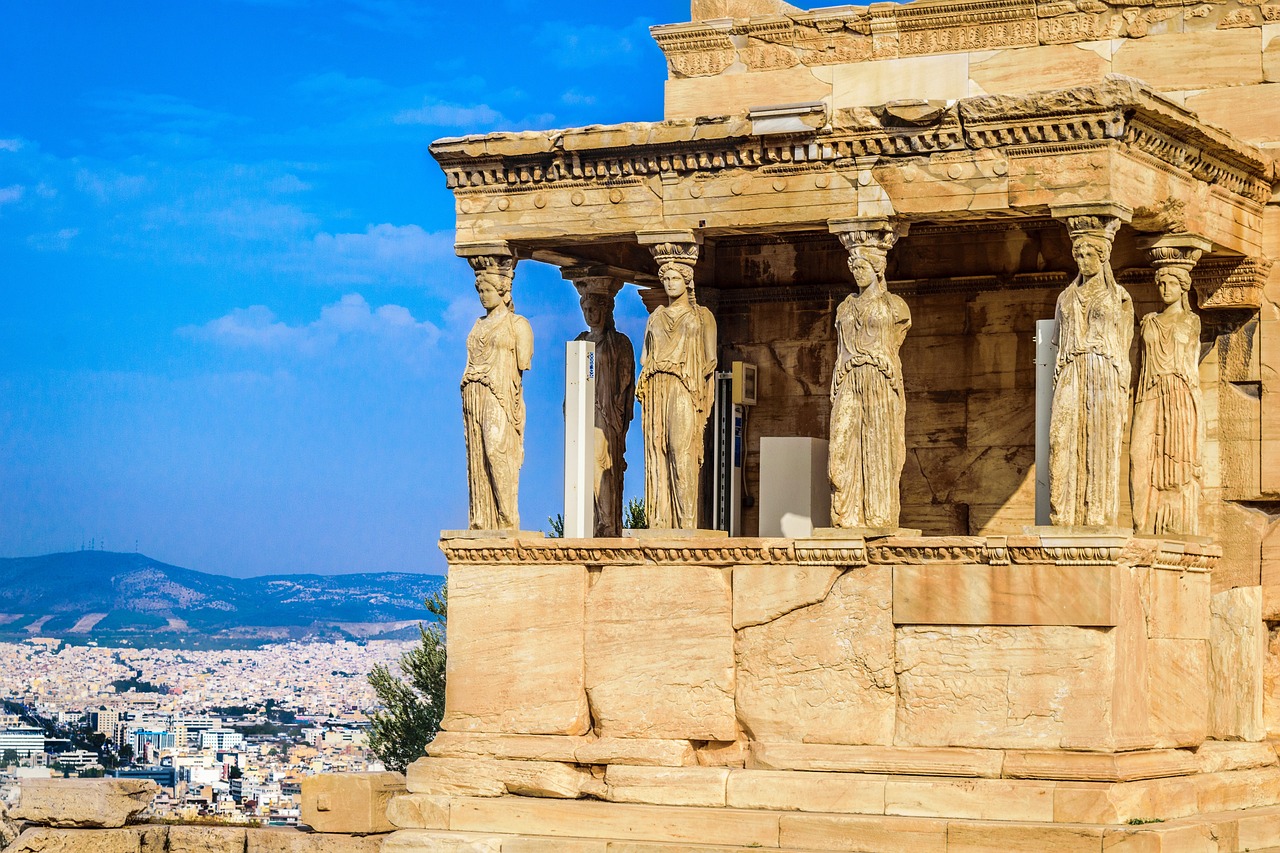
The Chimu Kingdom
The Chimu Kingdom, a fascinating civilization that thrived along the northern coast of Peru, offers a glimpse into the remarkable urban planning and engineering prowess of ancient South America. At its peak between the 12th and 15th centuries, the Chimu people constructed the sprawling city of Chan Chan, the largest pre-Columbian city in South America. The city's layout, characterized by intricate adobe walls, ceremonial plazas, and residential compounds, reflects the meticulous organization and architectural ingenuity of the Chimu civilization.
One of the most remarkable features of Chan Chan is its sophisticated irrigation system, which allowed the Chimu to harness the scarce water resources of the desert region and sustain agricultural productivity. The intricate network of canals and reservoirs not only supported the cultivation of crops such as maize, beans, and cotton but also facilitated the cultivation of fish and marine resources through aquaculture practices. This innovative approach to water management enabled the Chimu to thrive in an otherwise arid environment.
Furthermore, the Chimu Kingdom's mastery of metallurgy is evident in the intricate gold and silver artifacts discovered in their archaeological sites. Skilled artisans crafted exquisite jewelry, ceremonial objects, and tools using precious metals, showcasing the artistic sophistication and technical expertise of the Chimu civilization. These artifacts not only served as symbols of status and power but also reflected the spiritual beliefs and ceremonial practices of the Chimu people.
Despite their remarkable achievements in urban planning, engineering, and metallurgy, the Chimu Kingdom eventually faced a decline attributed to internal conflicts and external pressures from the expanding Inca Empire. The conquest of Chan Chan by the Inca marked the end of the Chimu civilization, leading to the assimilation of their cultural practices and knowledge into the vast Inca domain.
Intriguingly, the legacy of the Chimu Kingdom endures through the remnants of Chan Chan and the ongoing archaeological discoveries that shed light on their innovative technologies and cultural traditions. The intricate designs of their adobe walls, the remnants of their irrigation systems, and the exquisite metalwork artifacts serve as testaments to the ingenuity and resilience of the Chimu people, leaving a lasting imprint on the rich tapestry of ancient South American civilizations.
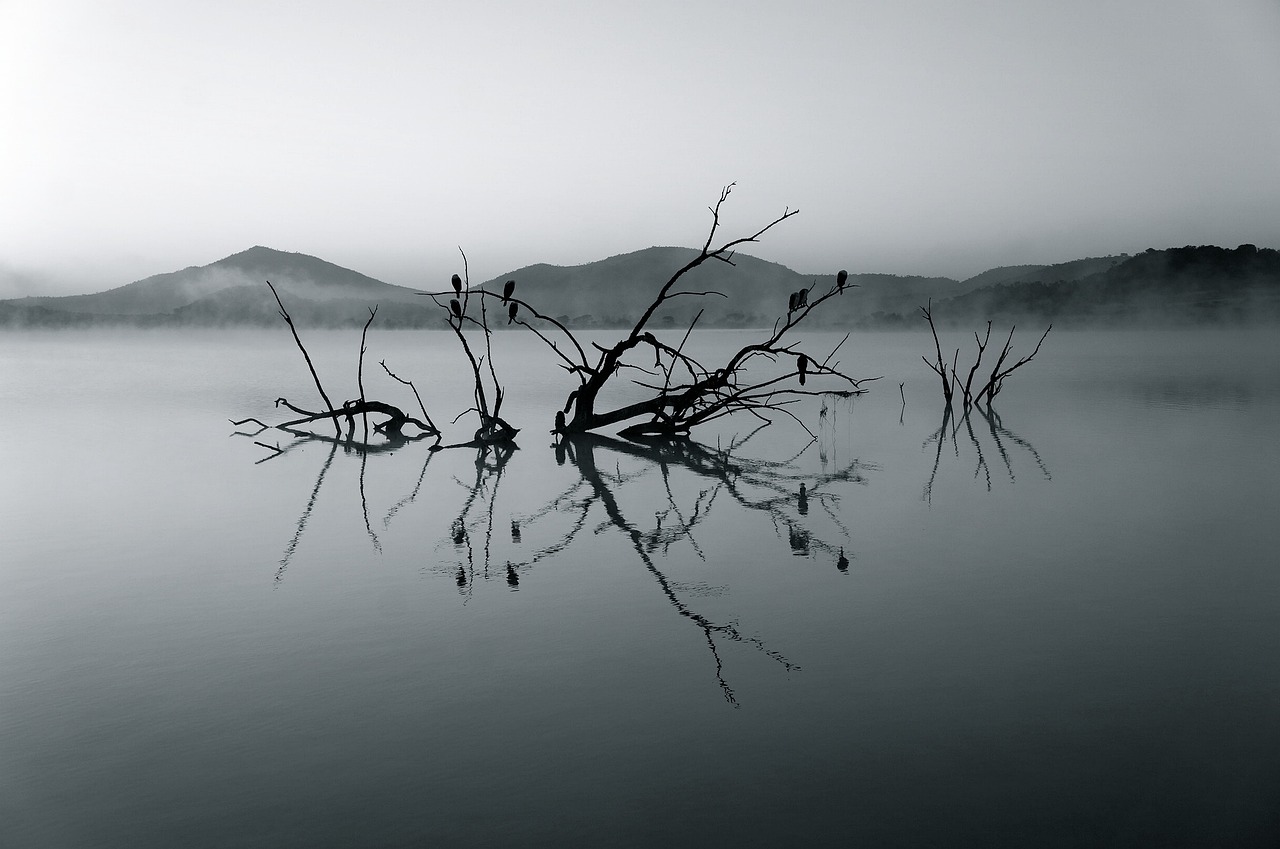
The Chachapoya Culture
The Chachapoya culture, also known as the "Warriors of the Clouds," thrived in the cloud forests of the Amazonas region in present-day Peru. These ancient people left behind a legacy of fascinating cliff tombs and intricate burial practices that continue to captivate archaeologists and historians to this day.
One of the most intriguing aspects of the Chachapoya culture is their unique burial sites. High up on steep cliffs, the Chachapoya constructed elaborate tombs to honor their deceased. These cliff tombs, perched precariously on the edge of sheer rock faces, reflect the Chachapoya's reverence for their ancestors and their belief in the afterlife.
Furthermore, the Chachapoya were skilled artisans known for their intricate pottery and textiles. Their pottery featured intricate designs and patterns, showcasing their artistic prowess and attention to detail. The textiles produced by the Chachapoya were equally impressive, showcasing vibrant colors and intricate weaving techniques.
Despite the challenging terrain of the cloud forests, the Chachapoya developed sophisticated agricultural techniques to sustain their population. They cultivated crops such as maize, quinoa, and potatoes on steep mountain slopes, showcasing their ingenuity and resilience in the face of harsh environmental conditions.
The Chachapoya culture also had a complex social structure, with evidence suggesting the presence of a hierarchical society led by elite rulers. Their society was organized around fortified settlements, indicating a need for defense and protection in the tumultuous Andean region.
Exploring the remnants of the Chachapoya civilization offers a glimpse into a society shrouded in mystery and intrigue. Their cliff tombs, intricate artifacts, and unique burial practices provide valuable insights into the cultural and spiritual beliefs of this ancient civilization.
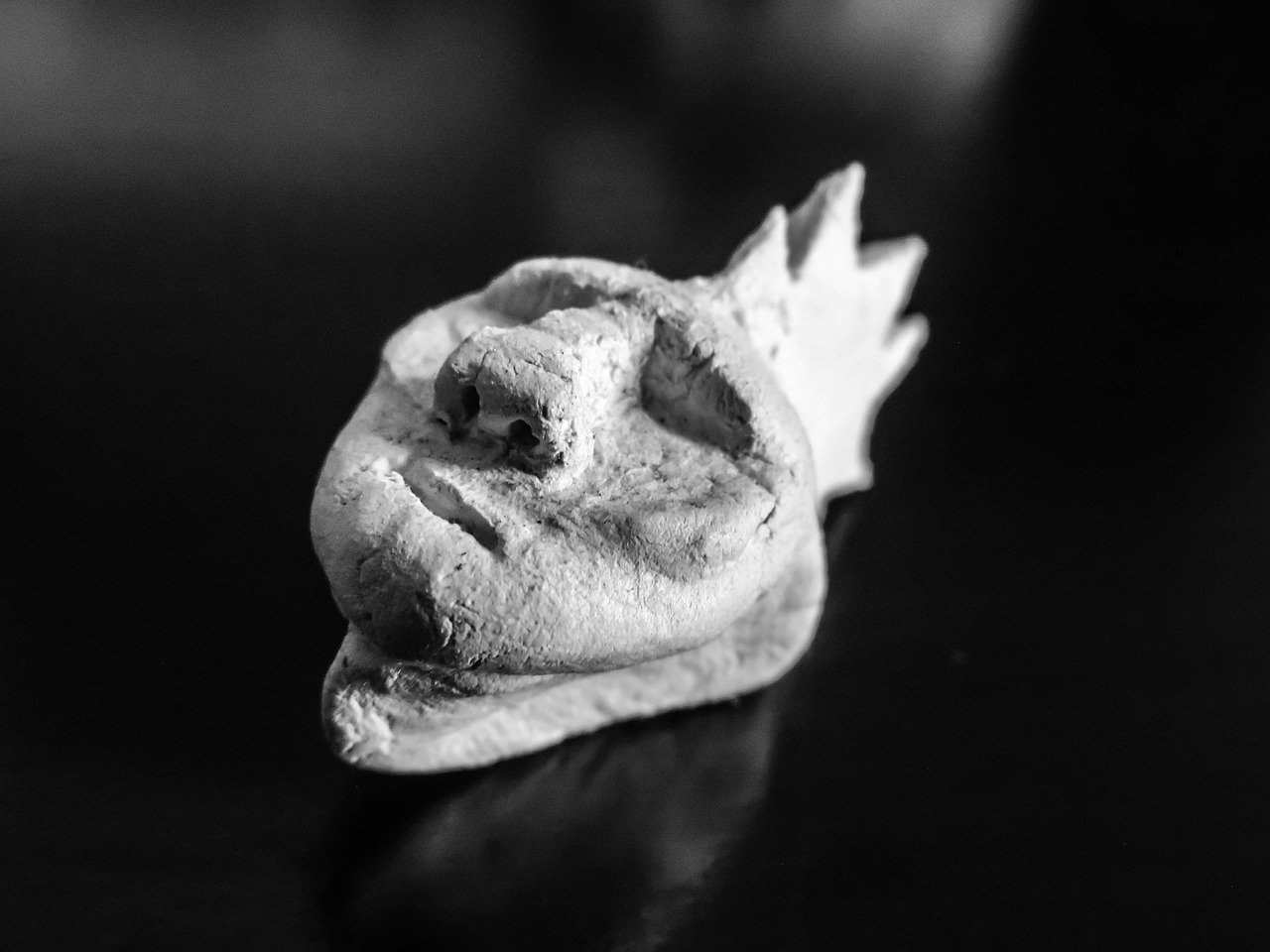
The Wari Empire
Have you ever wondered about the captivating mysteries hidden within the ancient South American civilizations? Join us on a journey through time as we delve into the enigmatic realms of the past, exploring the remarkable achievements and puzzling secrets of civilizations that once thrived in the heart of the Andes.
The Wari Empire, a sophisticated society that flourished in the Andean highlands long before the Inca, stands as a testament to the ingenuity and organizational prowess of ancient civilizations. Spanning from approximately 600 to 1000 AD, the Wari Empire left behind a legacy of monumental architecture, intricate textiles, and advanced agricultural practices.
At the height of its power, the Wari Empire controlled a vast territory, establishing a network of roads and administrative centers that facilitated communication and trade across diverse landscapes. The strategic planning and centralization of authority within the empire enabled the Wari to govern efficiently and maintain social order.
Artisans within the Wari Empire were renowned for their exquisite pottery, characterized by elaborate designs and vibrant colors that reflected the cultural richness of their society. The Wari also excelled in metallurgy, crafting intricate ornaments and ceremonial objects that showcased their technical skill and artistic sophistication.
Religious beliefs played a significant role in Wari society, with ceremonial centers and temples dedicated to honoring deities and ancestral spirits. The Wari's spiritual practices were intertwined with their daily lives, shaping rituals and traditions that reinforced social cohesion and cultural identity.
Despite the empire's eventual decline, the legacy of the Wari endures as a testament to the resilience and creativity of ancient Andean civilizations. Through archaeological discoveries and ongoing research, we continue to unravel the mysteries of the Wari Empire, shedding light on a fascinating chapter in South America's pre-Columbian history.
Curious minds often seek answers to common questions about the ancient South American civilizations. Here are some frequently asked questions:
- What was the significance of the Wari Empire in the Andean region?
- How did the Wari Empire influence later civilizations, such as the Inca?
- What archaeological evidence has been uncovered about the Wari Empire?
- What were the main economic activities of the Wari people?
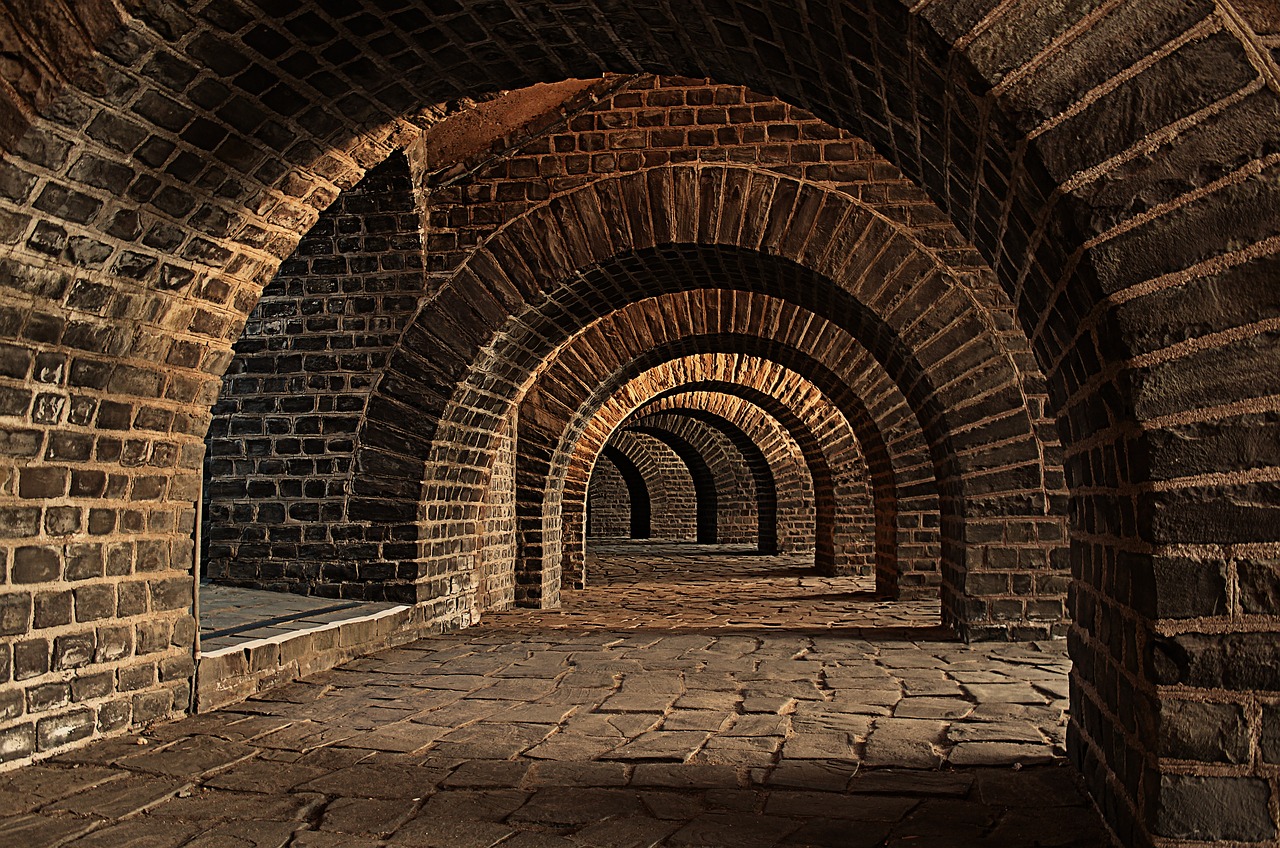
The Chavin Culture
Welcome to the mystical world of the Chavin culture, an ancient civilization that thrived in the Andean highlands of Peru. The Chavin people, known for their remarkable religious practices and artistic achievements, left a lasting legacy that continues to intrigue archaeologists and historians to this day. At the heart of the Chavin culture lies the Chavin de Huantar, a significant archaeological site that served as a religious center and a hub of spiritual activity. The intricate stone carvings and elaborate architecture found at Chavin de Huantar reflect the advanced craftsmanship and deep spiritual beliefs of the Chavin people.
One of the most fascinating aspects of the Chavin culture is its complex religious system, centered around the worship of powerful deities and animals. The Chavin people believed in the presence of supernatural forces in nature and sought to communicate with these entities through elaborate ceremonies and rituals. The iconic Lanzon, a granite monolith depicting a deity with feline features, is a prime example of the religious artistry of the Chavin culture. This sacred symbol is believed to represent the connection between the earthly and spiritual realms, embodying the essence of Chavin religious beliefs.
In addition to their religious practices, the Chavin culture excelled in artistic expression, particularly in the creation of intricate stone carvings and sculptures. The Tello Obelisk, a prominent artifact discovered at Chavin de Huantar, showcases the exquisite craftsmanship and attention to detail that defined Chavin art. These artistic masterpieces not only served as decorative elements but also conveyed symbolic meanings related to the spiritual world and the cosmic order as perceived by the Chavin people.
Moreover, the Chavin culture played a significant role in the development of Andean civilization, influencing subsequent cultures and civilizations in the region. The sophisticated architectural techniques and religious concepts pioneered by the Chavin people laid the foundation for future artistic and spiritual expressions in the Andes. The enduring legacy of the Chavin culture serves as a testament to the creativity, innovation, and spiritual depth of this ancient civilization, inviting us to delve deeper into the mysteries of their fascinating world.

The Mapuche People
The Mapuche people, indigenous to Chile and Argentina, have a rich cultural heritage that dates back centuries. Known for their strong sense of identity and resilience, the Mapuche have long fought for autonomy and recognition in the face of colonization and modernization.
One of the most fascinating aspects of Mapuche culture is their spiritual beliefs, deeply rooted in the connection to nature and the land. Traditional Mapuche spirituality revolves around the belief in a supreme being, Ngenechen, who is present in all living things and natural elements. Rituals and ceremonies are conducted to honor the spirits of ancestors and seek guidance from the divine.
The Mapuche are also renowned for their craftsmanship, particularly in weaving and silverwork. Intricate patterns and designs are woven into their textiles, reflecting their cultural symbols and stories. Silver jewelry, adorned with symbolic motifs, is crafted with precision and skill, showcasing the artisanal talents of the Mapuche people.
Furthermore, the Mapuche have a strong oral tradition, passing down stories and legends through generations. These narratives preserve the history and wisdom of the community, ensuring that their cultural heritage remains alive and vibrant. Through storytelling, the Mapuche maintain a connection to their past and strengthen their sense of identity.
In recent times, the Mapuche have faced challenges in maintaining their way of life, as modernization and encroachment on their lands threaten their traditional practices. Despite these obstacles, the Mapuche continue to assert their rights and advocate for the protection of their cultural heritage. Their resilience and determination serve as a testament to the enduring spirit of the Mapuche people.
Frequently Asked Questions
- What were the main achievements of the Inca Empire?
The Inca Empire was renowned for its advanced engineering feats, such as the construction of intricate stone structures without mortar, including the famous Machu Picchu. Additionally, they excelled in agriculture, developing sophisticated terracing systems to cultivate crops in the Andean mountains.
- What is the significance of the Nazca Lines?
The Nazca Lines are a series of large geoglyphs etched into the desert floor of southern Peru. These mysterious designs, created by the Nazca civilization, have sparked various theories about their purpose, ranging from astronomical alignments to ritualistic practices.
- What characterized the artistic achievements of the Moche Culture?
The Moche Culture is renowned for its exquisite pottery and metalwork, showcasing intricate designs and detailed craftsmanship. Their artwork often depicted scenes of daily life, rituals, and mythological figures, providing valuable insights into their society.
- How did the Tiwanaku Civilization influence the Andean region?
The Tiwanaku Civilization left a lasting impact through its monumental architecture, such as the iconic Gateway of the Sun, and its spiritual beliefs centered around sacred sites and rituals. Their influence extended across the Andes, shaping subsequent cultures.
- What sets the Chimu Kingdom apart in terms of urban planning?
The Chimu Kingdom excelled in urban planning, as seen in the layout of their capital city, Chan Chan. They constructed intricate irrigation systems to support agriculture and sustain their large population, showcasing their engineering prowess.
- What is unique about the burial practices of the Chachapoya Culture?
The Chachapoya Culture is known for their cliff tombs, perched high on inaccessible cliffs, where they buried their elite members. These elaborate burial practices reflect their beliefs in the afterlife and the importance of honoring the deceased.
- How did the Wari Empire differ from the Inca civilization?
The Wari Empire predated the Inca and established a complex society in the Andean highlands. They were known for their administrative skills, extensive road networks, and innovative agricultural techniques, setting them apart from the Inca.
- What was the religious significance of the Chavin Culture?
The Chavin Culture was characterized by its elaborate religious beliefs, centered around ceremonial centers like Chavin de Huantar. Their monumental stone carvings and sculptures depicted powerful deities and mythical beings, reflecting their spiritual practices.
- Who are the Mapuche people, and what challenges do they face?
The Mapuche people are indigenous inhabitants of Chile and Argentina known for their rich cultural heritage and resistance against colonial powers. They continue to struggle for autonomy, land rights, and recognition of their traditions in modern society.

